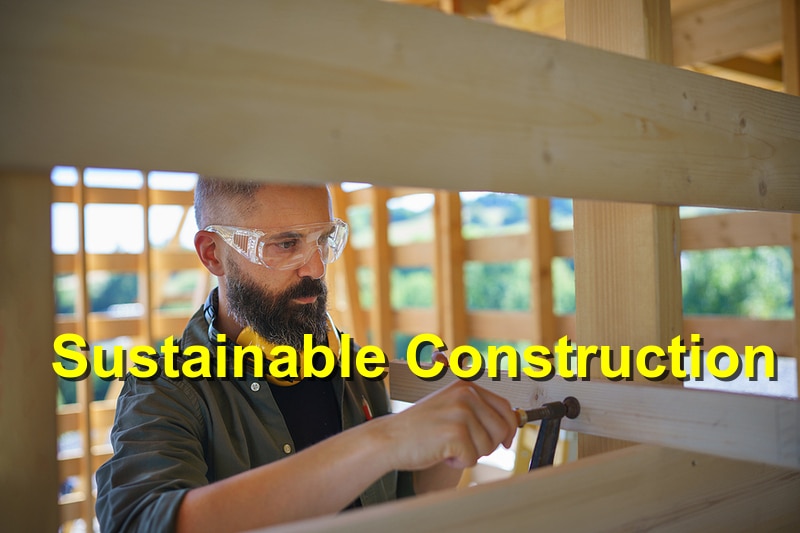There’s no denying that the rage for sustainable materials is gearing up in almost construction niches. However, a casual observer might be curious to know what all this entails, which is the gist of this blog post.
Sustainable materials in construction are materials that are eco-friendly and have a minimal impact on the environment. These materials are often renewable, recycled, or biodegradable, and they are designed to be used in a way that conserves natural resources and reduces pollution. Examples of sustainable materials in construction include bamboo, straw bale, recycled steel and plastic, and sustainable timber. These materials can be used in a variety of applications, including building construction, landscaping, and interior design. By using sustainable materials, builders and designers can create structures that are not only environmentally friendly but also cost-effective and durable.
Importance of Using Sustainable Materials in Construction
The use of sustainable materials in construction is important for a number of reasons.
- First, sustainable materials are typically produced in a way that has a minimal impact on the environment. This means that they are harvested, processed, and transported in ways that conserve natural resources and reduce greenhouse gas emissions.
- Second, sustainable materials are often more durable and long-lasting than traditional materials. This means that they can help reduce the need for frequent repairs or replacements, which can save money and reduce waste over the long term.
- Third on this, the use of sustainable materials can improve the overall sustainability and energy efficiency of a building. For example, using insulation made from recycled materials can help reduce heating and cooling costs, while using low-VOC (volatile organic compound) paint can improve indoor air quality.
Overall, using sustainable materials in construction can help conserve natural resources, reduce environmental impacts, and improve the sustainability and long-term performance of buildings. This can benefit the environment and the people who live and work in these buildings.




